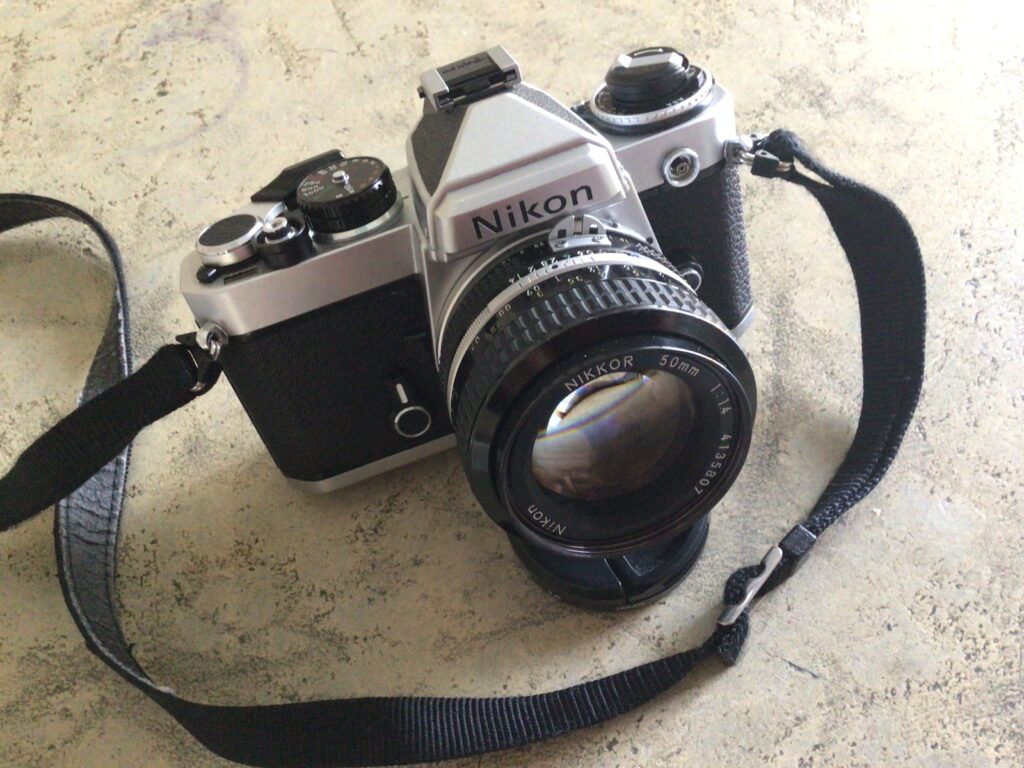
The unhoused population in the city of Hamilton, Ontario, Canada has drastically increased in the last five years. We’re a medium sized city of around 787,000 in 2024 and have never experienced this magnitude of homelessness. Estimates range between 1600 to 2000 people live without basic shelter. The city has counted over 200 people living in what have been dubbed as “encampments “ – mostly in public parks at around 76 sites city wide. I’ve seen tents and makeshift shelters at busy road intersections, in wooded urban areas, along public trails and on the Niagara Escarpment which runs through Hamilton.
What led to this crisis involves a complicated set of circumstances. The Covid pandemic certainly played a roll. People living in supported housing situations or shared living were forced out by necessity and/or regulation. But the underling cause is much more complex. Demand for housing in all markets from entry level to the luxury homes exploded here over the last 15 years or so. Prices increased way above the rate of inflation. Rental apartment buildings were being converted to condominium ownership to satisfy that demand. Fewer apartments then, were available for rent. Rents also increased due to decreased supply and increased demand. The result was to render affordability out of reach for some. Fewer and fewer people at the economic margins of our society are able to afford rent along with the other necessities of life. Public housing, or socially assisted housing construction had stalled too. That was a political decision made in times of less need. The consequences of that and other political and policy decisions in part, contributed to the situation on the street today.
No one wants to live in a tent, in the city, in the cold. The squalor. The hunger. The conflict. The indignity. The drug use.
Canadian politicians at the municipal, provincial and federal levels have at least one thing in common. They’re exceedingly slow to react. Government red tape and regulations are stumbling blocks to get these folks off the street. In some cases their “solutions” just make matters worse. For instance, just this month, city council enacted a resolution to remove all encampments on city properties – its parks. Where will the homeless go?
There have been some small steps in moving toward finding housing for these folks. This winter, on the edge of the city’s industrial north end, twenty “Tiny Homes” were installed in a vacant lot to temporarily house some of the homeless. These are heated, one or two bed huts and cost the city about $35,000 each. Twenty more are apparently on the way. It’s a start I suppose, but even this seemingly simple, practical solution has come under fire. Complaints are that the tiny homes are made in China rather than locally. Nearby residents complain that the shelters are too close to their own homes.
With these five frames I attempted to document the conditions as they were one day in March of 2024. This particular encampment was on the lawn of our City Hall. I felt uncomfortable raising my camera to my eye and attempted to be as unobtrusive as I could be. Note the poor chap collapsed on the park bench. He was in the process of making a sign – most likely begging for money or food. His marker and cardboard sign lay beside him. He hadn’t budged in the 40 minutes or so that I was there. How exhausted he must have been to fall asleep in that way. And while I was there police were interacting with some of the residents – all quite civilly. Some good samaritans were getting out of their van with loads of coffee and doughnuts for the campers. Tim Hortons of course! People do what they can.
That encampment is gone now. The economic and housing challenges remain. Where have the homeless gone?
And for those interested, these photographs were taken on a Nikon FE with a 50mm f1.4 lens. The film was Eastman XX developed in D76.
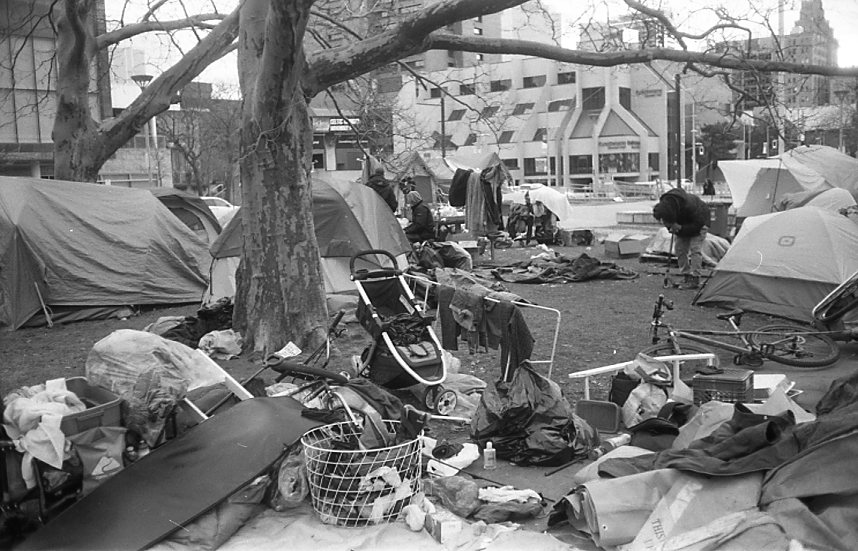
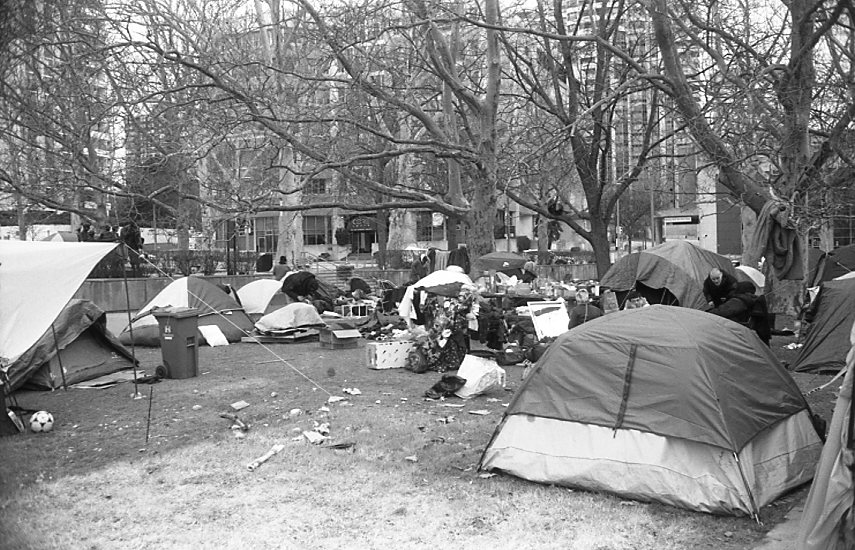
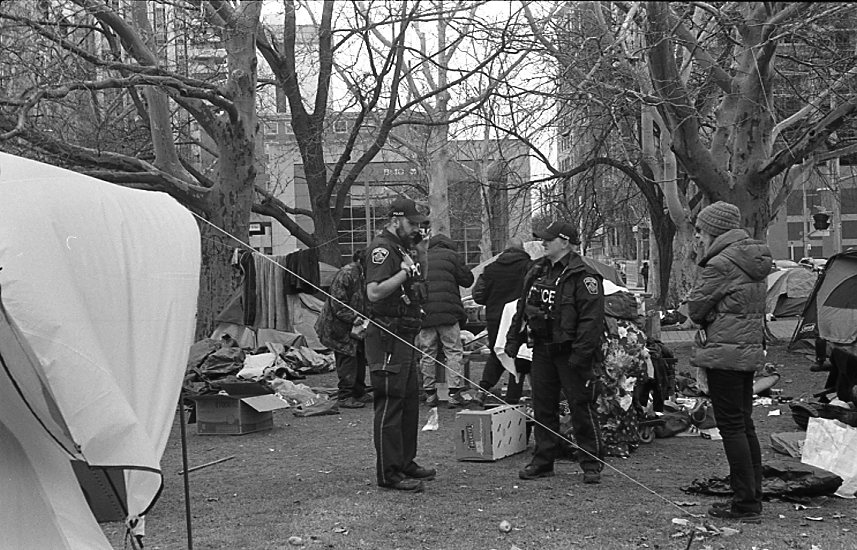
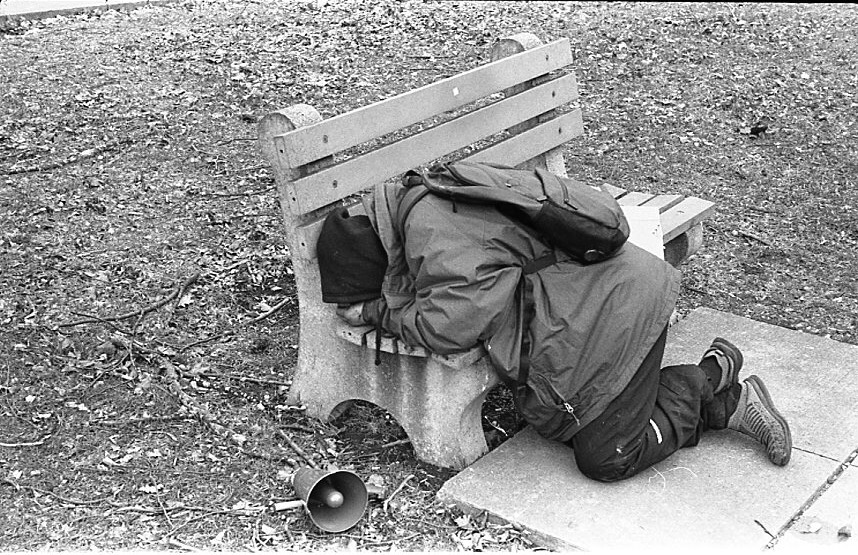
Share this post:
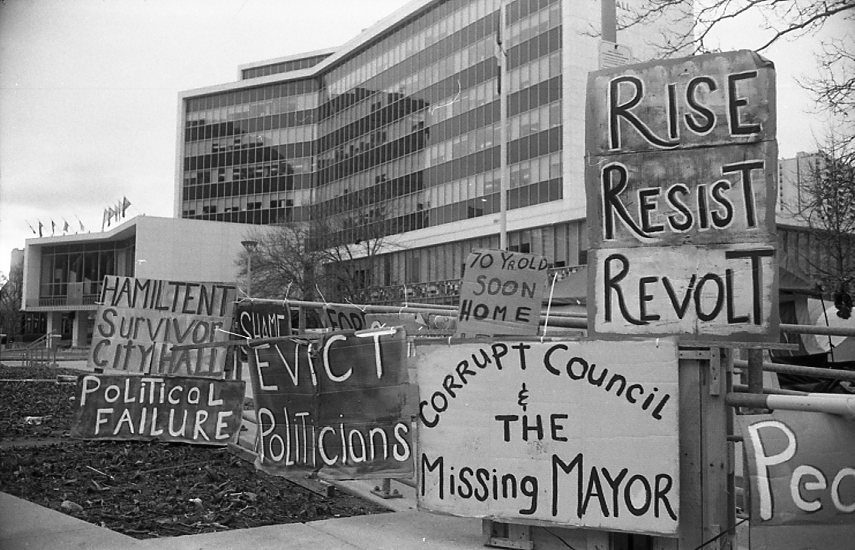
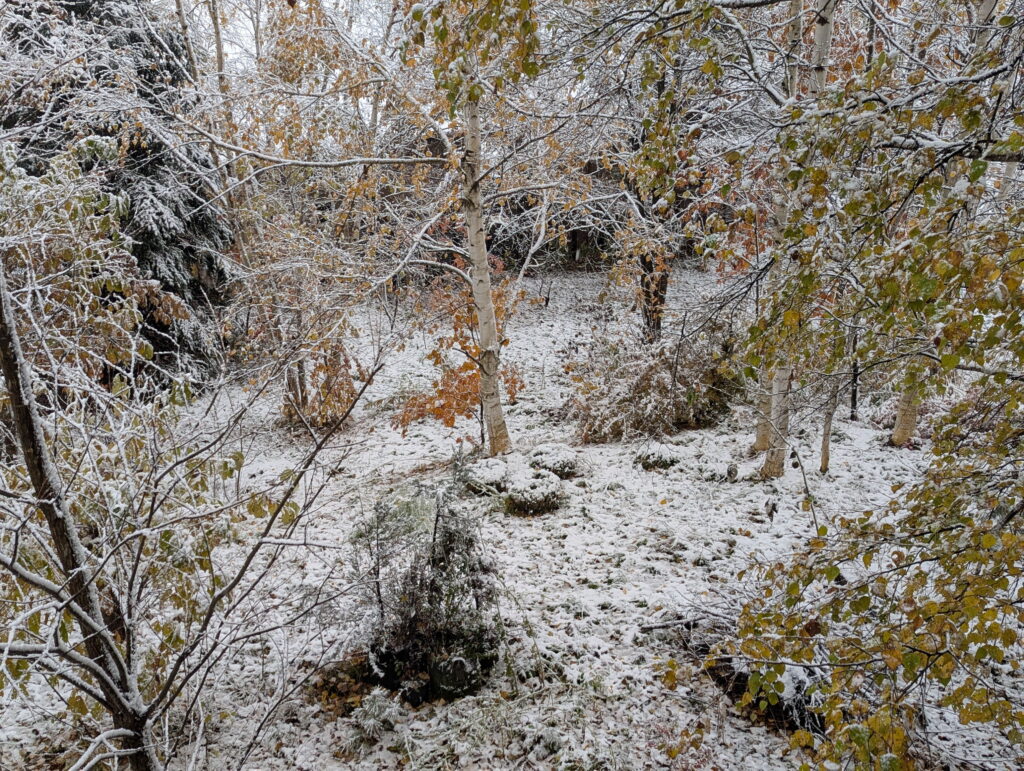
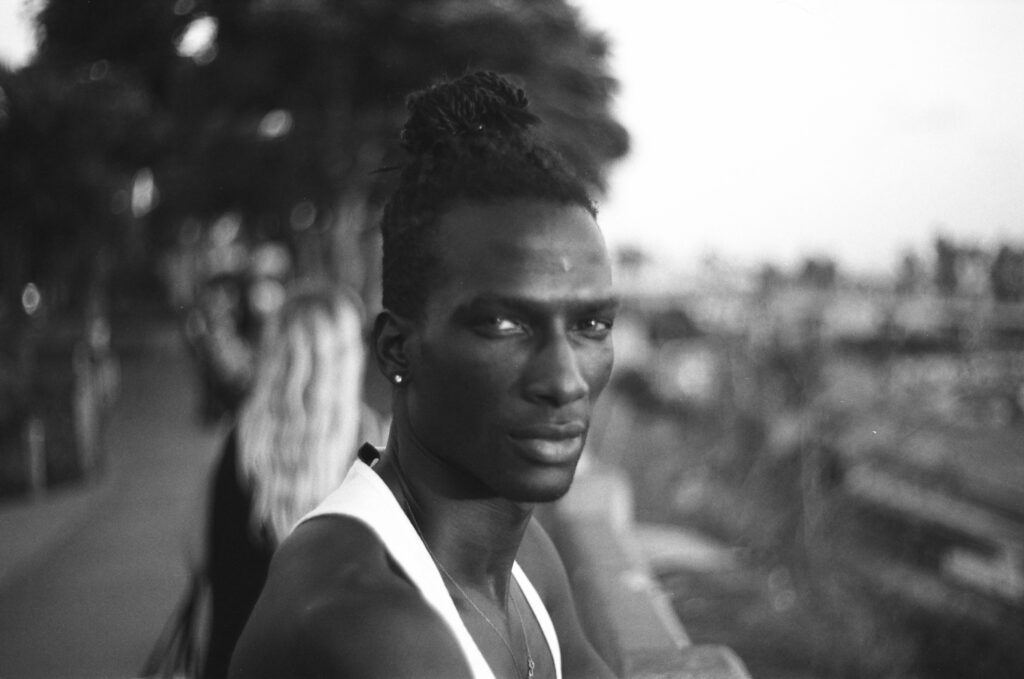






Comments
Wendell Cheek on Homeless in Hamilton. Help!
Comment posted: 24/04/2025
Comment posted: 24/04/2025
Huss on Homeless in Hamilton. Help!
Comment posted: 24/04/2025
I mention this because the very nature and text of this post discusses this topic so I am staying on subject.
Simon Foale on Homeless in Hamilton. Help!
Comment posted: 25/04/2025
https://www.oxfam.org/en/takers-not-makers-unjust-poverty-and-unearned-wealth-colonialism
Eric Charles Jones on Homeless in Hamilton. Help!
Comment posted: 25/04/2025
Comment posted: 25/04/2025
Geoff Chaplin on Homeless in Hamilton. Help!
Comment posted: 25/04/2025
Comment posted: 25/04/2025
David Pauley on Homeless in Hamilton. Help!
Comment posted: 25/04/2025
Shubroto on Homeless in Hamilton. Help!
Comment posted: 27/04/2025
A gut-wrenching article; the illustrations, too!
Gil Aegerter on Homeless in Hamilton. Help!
Comment posted: 29/04/2025
James Evidon on Homeless in Hamilton. Help!
Comment posted: 02/05/2025
Having said that, I felt that your images were an example of good photojournalism and critics be damned.